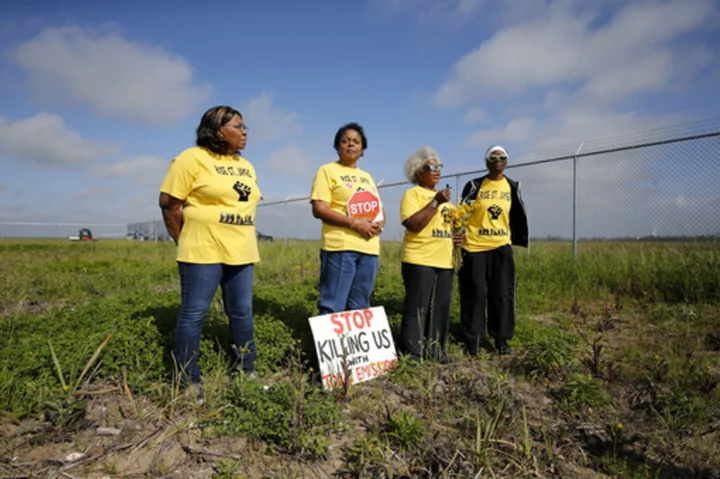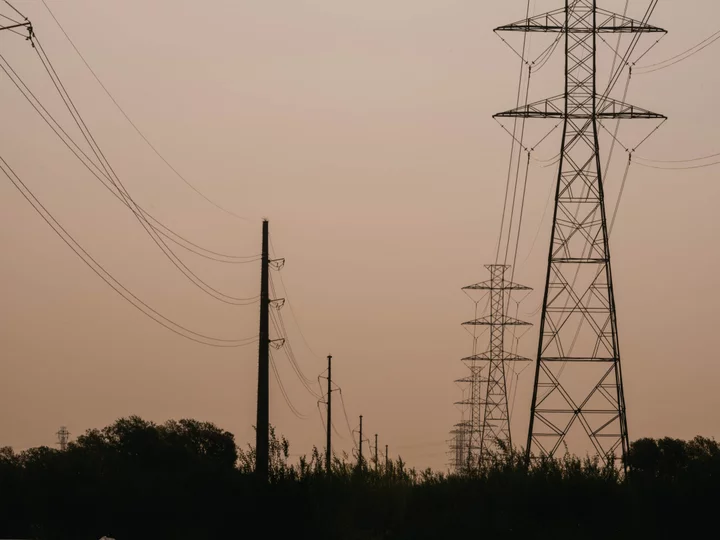An increase in greenhouse gases have contributed to climate change. The vast majority of those gases come from the carbon emissions produced by burning fossil fuels and deforestation. When it comes to managing how much carbon dioxide we put into the air, we measure our impact in what is called a carbon footprint. But what is a carbon footprint, and how can you calculate yours? Here's what you need to know, and how to calculate it with online tools.
What Is a Carbon Footprint?
The term “carbon footprint” might conjure thoughts of Taylor Swift’s private jet use or the sheer tonnage of carbon some oil conglomerates are spewing into the atmosphere. However, as The Nature Conservancy describes it, "a carbon footprint is the total amount of greenhouse gases (including carbon dioxide and methane) that are generated by our actions."
Carbon footprints are measured in units of carbon dioxide, a known greenhouse gas. Everything, from the type of energy we use to heat our homes to our methods of travel, and even the websites we visit, can make that footprint larger or smaller. It all adds up to a discernable impact on the ecosystem.
In addition to more obvious choices, like how much we use our cars, things like the food we eat can also contribute to our carbon footprint due to the practices used to grow and farm the produce and animal products we eat like beef, milk, and eggs.
Even internet use can add to our carbon footprint. According to Mozilla and the Carbon Literacy project, the simple act of sending an email can release around 17 grams of carbon. That doesn’t seem like a lot—and it isn’t by itself—but the billions of emails that get sent every year add up.
So what do we do about all this? Is there anything meaningful we can do to bring down our carbon emissions and feel like we're contributing to the preservation of the environment? Yes, but first we have to know just how much CO2— and equivalent gasses— we’re putting out. It's now time to measure your carbon footprint.
How to Calculate Your Carbon Footprint
The EPA's online carbon footprint calculator (Credit: United States Environmental Protection Agency)There are a number of ways to calculate your carbon footprint online. These tools all use pretty much the same numbers to measure CO2 output, so pick whichever one seems easiest for you:
The calculator will ask how many people are in your household, your current ZIP code, information regarding your utility bills, how much you drive, and more. Make sure you have the following information before you get started in earnest:
Your utility bills including electricity, natural gas, water, and propane.
An estimated MPG of the vehicle you drive (or equivalent measure for an electric vehicle).
Anything that lists the square footage of your house/apartment.
Your average grocery bill.
You’ll also want to enter in any flights you’ve gone on under the “travel” tab so they can be added. Some calculators let you add in individual itineraries, while others just have you enter the mileage per year. Once you’ve tabulated all of this and entered it into the calculator, you’ll get your personalized carbon footprint.
If you don’t have regular access to the internet, or just don’t want to type that all into an online calculator, you can use a manual formula to get your carbon footprint number. Created by Alexandra Shimo-Barry, author of “The Environment Equation,” it looks like this:
Multiply your monthly electric bill by 105.
Multiply your monthly gas bill by 105.
Multiply your monthly oil bill by 113.
Multiply your total yearly mileage on your car by 0.79.
Multiply the number of flights you’ve taken in the past year (4 hours or less) by 1,100.
Multiply the number of flights you’ve taken in the past year (4 hours or more) by 4,400.
Add 184 if you do NOT recycle newspaper.
Add 166 if you do NOT recycle aluminum and tin.
Add 1-8 together for your total carbon footprint.
What Is a 'Good' Carbon Footprint?
Whether you calculate your carbon footprint online or manually, a “good” carbon footprint is considered to be 6,000 to 15,999, while 16,000-22,000 is considered average. Lower than 6,000 is excellent, while over 22,000 means you should start taking steps to bring that number down.
It’s important to get a holistic look at your carbon footprint by including as many aspects of your daily life as you can to find and address any gaps. You may be doing well in one area but falling short in another. As Kieran Mulvaney puts it in National Geographic: “A person who regularly consumes beef will have a larger food footprint than his vegan neighbor, but that neighbor’s overall footprint may be larger if she drives an hour to work and back in an SUV each day while our meat-eater bicycles to his office nearby.”
Keep in mind that, since there are so many variables to take into account, your calculated carbon footprint will never be 100% accurate. Mulvaney uses the example of factoring a commercial flight into your carbon tally: You could just take the emissions of the plane and divide by the number of passengers, right? Not exactly. Business and first class passengers actually shoulder a higher portion of the emissions because they take up more space and pay higher fares, which incentivize the airline to make more flights, thus releasing more carbon.
But that doesn’t mean you shouldn’t calculate your carbon footprint. The calculators and formulas above still give a ballpark figure good enough to find out where you might be able to reduce emissions—and where you’re already doing well.
The Smokestack in the Room
When tabulating your personal carbon footprint, it’s easy to get caught up in the numbers. You may even feel guilty about your commute to work in a gasoline vehicle, for example. But keep in mind that this is placing an outsized emphasis on the individual.
The fact remains that the largest polluters in the United States are large industries like transportation, energy, and agriculture. Petrochemical giant Shell was responsible for 1,377 million tons of CO2 equivalent emissions in 2020 alone. Cases like this show that any meaningful change has to start at the top.
Collectively, though, we can still make a difference. By choosing not to add to the problem, we make things better at least in our immediate vicinity one household at a time.









